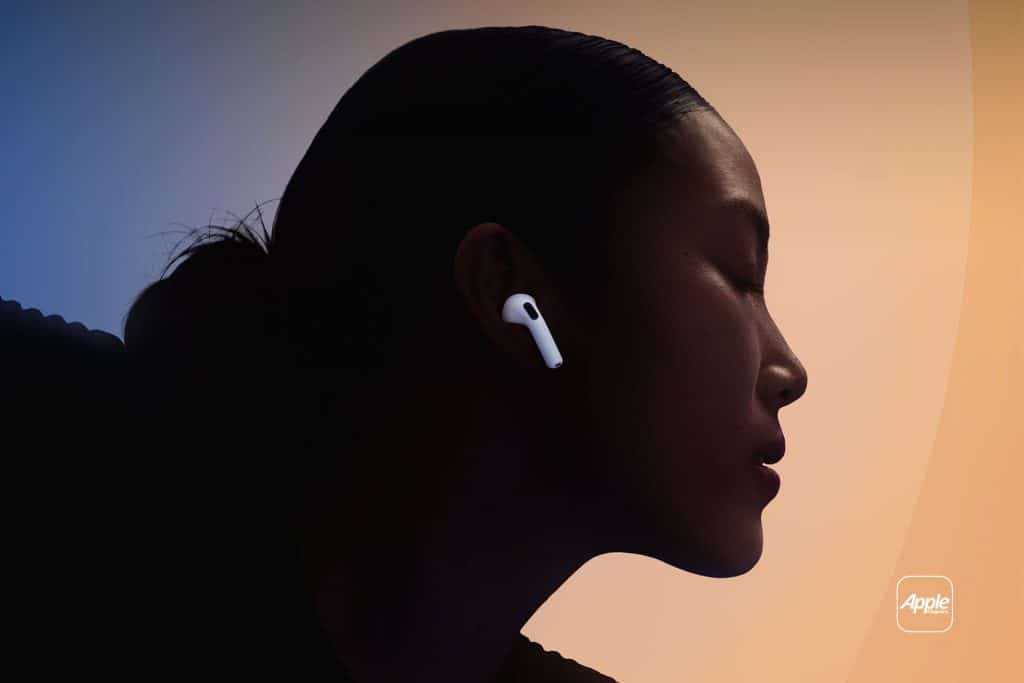Installing beta firmware for AirPods has never been easier, thanks to Apple’s recent overhaul of the process. Previously, developers faced a cumbersome setup involving Xcode and a Mac to enable beta updates. Now, users with an iPhone, iPad, or Mac running iOS 26, iPadOS 26, or macOS Tahoe can toggle beta updates directly in the AirPods settings. Simply navigate to Settings > [Your AirPods Name], scroll to “AirPods Beta Updates,” and enable the toggle. The firmware, build number 8A5308b, installs automatically when the AirPods are in their charging case, connected to a power source, and within Bluetooth range of a Wi-Fi-connected device. This streamlined approach reflects Apple’s push to make beta testing more accessible to developers, ensuring faster feedback and refinement.
Studio-Quality Audio for Creators
The standout feature of this beta firmware is studio-quality audio recording, tailored for content creators like podcasters, interviewers, and musicians. Powered by the H2 chip in AirPods Pro 2 and AirPods 4, this capability leverages beamforming microphones and computational audio to deliver crisp, natural vocal clarity. Whether recording a podcast on Voice Memos, capturing an interview via a third-party app, or filming a video, users can expect professional-grade sound. The feature also supports noisy environments through Voice Isolation, which filters out background noise, ensuring voices remain clear during calls or recordings on apps like FaceTime, Webex, or other CallKit-enabled platforms.
This audio upgrade transforms AirPods into a wireless lavalier microphone, ideal for on-the-go content creation. For singers or performers, the ability to record while synced with a soundtrack enhances video production, making it easier to capture polished performances without external equipment.
Camera Control from Your Earbuds
Another innovative addition is the ability to use AirPods as a remote shutter for the iPhone or iPad Camera app. By pressing and holding the AirPods stem, users can snap a photo or start and stop video recordings, a feature reminiscent of the wired EarPods’ remote functionality. This is particularly useful for group shots or solo content creation, such as vlogs or dance videos, where the iPhone is mounted on a tripod. The feature also works with compatible third-party camera apps, offering flexibility for creators who rely on specialized software. This seamless integration underscores Apple’s knack for blending hardware and software to simplify creative workflows.
Enhanced CarPlay and Sleep Detection
The firmware improves CarPlay hand-off, building on Apple’s automatic switching feature introduced years ago. With this update, AirPods Pro 2 and AirPods 4 transition more smoothly when connecting to CarPlay, ensuring uninterrupted audio during drives. This is a boon for users who rely on their AirPods for navigation prompts or music while on the road, reducing the frustration of dropped connections.
Additionally, the firmware includes sleep detection, a feature that pauses playback across apps when the user falls asleep. Ideal for those who use AirPods to listen to podcasts or music in bed, this functionality prevents battery drain and ensures content doesn’t play unnecessarily, all while maintaining a partner-friendly low volume.
Why Only AirPods Pro 2 and AirPods 4?
The beta firmware is exclusive to AirPods Pro 2 (both Lightning and USB-C models) and AirPods 4 because these models house the H2 chip, which powers the advanced computational audio required for the new features. Older models, like AirPods Max or AirPods 3, lack this chip, limiting their compatibility. Apple’s focus on H2-equipped devices aligns with its strategy to prioritize cutting-edge functionality in its latest hardware, encouraging upgrades for users seeking the full iOS 26 experience. For those considering a purchase, AirPods Pro 2 are currently discounted to $149 from $249, and AirPods 4 are available for $89, down from $129, making this an opportune time to invest.
Challenges and Considerations
While the beta firmware introduces exciting features, it’s not without risks. Beta software can introduce bugs or performance issues, such as connectivity drops or inconsistent noise cancellation, as reported by some AirPods Pro 2 users in prior updates. Once installed, beta firmware cannot be reverted until a stable release is available, so users should weigh the benefits against potential glitches. Developers can provide feedback via the Feedback Assistant app, included with the beta, to help Apple refine the software before its public launch, expected later this fall alongside iOS 26.
The lack of detailed release notes for this beta leaves some uncertainty about additional tweaks, but Apple’s history suggests a focus on performance improvements and bug fixes alongside the headline features. Users experiencing issues, like problems with active noise cancellation (ANC) controls on the AirPods stem, may hope for resolutions, though no specific fixes have been confirmed.
A Glimpse into the Future of AirPods
This beta firmware underscores Apple’s ambition to position AirPods as more than just earbuds, transforming them into versatile tools for communication, creativity, and convenience. The integration with iOS 26 features, from studio-quality recording to camera controls, highlights the growing synergy between Apple’s hardware and software ecosystems. As the company continues to refine these capabilities, AirPods Pro 2 and AirPods 4 are poised to set a new standard for wireless audio, appealing to both casual listeners and professional creators.
